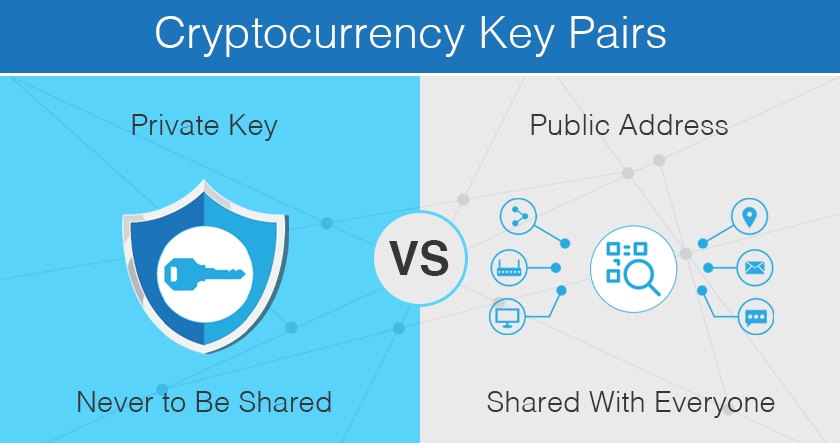The purpose of the cryptocurrency stealth addresses is to enable privacy for every transaction, hiding the recipient’s identity and transaction history.
Crypto stealth addresses are a privacy-boosting feature in the blockchain space that enables users to receive their money anonymously. Unlike conventional public addresses, stealth addresses offer unique, one-time addresses for each transaction. The recipient’s real address is kept secret when a sender transfers funds using a stealth address; the transaction is broadcast to the entire network.
The recipient does not directly generate a private key from the stealth address; the crypto wallet is designed to identify incoming transactions. It then uses the private key linked with the recipient’s public address to facilitate the recognition and processing of the transactions. This process lets the recipient access and control the received funds without exposing the primary address.
As a result, the privacy of crypto transactions is considerably increased, shielding the users from possible monitoring or examination of their financial activity. Crypto stealth addresses support the constant development of private and secure transactions within the blockchain network by adding extra protection.
Monero (XMR) is a prominent example of a crypto that utilizes stealth addresses. It utilizes various features, including ring signatures and stealth addresses, to offer its users increased privacy and anonymity. The recipient’s stealth address is used during a Monero transaction, making it quite challenging for outside observers to link the sender, recipient, and transaction amounts.
Stealth Addresses vs. Regular Wallet Addresses
Stealth addresses offer enhanced transaction privacy with distinct, one-time addresses, whereas normal wallet addresses lack these types of privacy measures and are often static.
Stealth addresses resemble standard crypto addresses in appearance, normally featuring a string of characters and digits. The main differences, however, are in their one-time use and the cryptographic methods used to muddle the link between the recipient’s real address and the stealth address.
On the contrary, when using traditional wallet addresses, the repetition of one address for many transactions supports the mapping of users’ financial activities. Due to the potential of revealing sensitive information, the practice violates privacy by enabling third parties to monitor and examine transaction histories.
Additionally, adversaries may use the pattern to identify sources of income, spending patterns, and general financial behavior. Moreover, address reuse raises the possibility of multiple attacks, such as attempts to deanonymization and the potential exposure of users to malevolent organizations.
Related:Understanding the Basics: What is a Crypto Wallet and How Does It Work?
How Do Stealth Addresses Operate?
Crypto stealth addresses boost privacy by developing distinct addresses for every transaction, enabling just the intended recipients to access and identify the funds.
To comprehend how stealth addresses can be utilized, here is an example: Robert and Jane are two people using a hypothetical crypto. They decided to use stealth addresses trying to increase their privacy. The cryptographic constructs offer an extra degree of anonymity, which creates unique, one-time addresses for each transaction.
Robert set up two addresses (let’s call them A and B), but just shares A publicly while keeping the private address B secret. This combination is his new “stealth address,” which is a random series of characters that are exclusive to the transaction. Together, this pair (A, B) form the stealth address that Robert uses to get his funds.
To complete this transaction, Robert provides Jane, the sender, with the generated stealth address (public), an integral piece of information that Jane will require to create Robert’s stealth address.
Step 2: Jane Computes Robert’s Stealth Address And Sends Funds
Jane performed cryptographic computations using Robert’s public stealth address (A) together with the random number (r) to set up a new address (let’s call it P). A unique, one-time stealth address (temporary) is generated mostly for the transaction because of the computation. Jane sends the funds to this address (P), boosting the privacy of the transaction.
Step 3: Jane Publishes Ephemeral Pubkey
Jane posts additional cryptographic information known as the ephemeral pubkey (let’s call it E) on the blockchain, which Robert needs to locate and claim the assets. An ephemeral public key is a temporary public key that is generated for a particular cryptographic transaction. This pubkey is not directly linked to the user’s long-term public address.
Step 4: Robert Retrieves Funds
Robert keeps a close eye on the network for any transactions that involve his stealth address. When he sees Jane’s transaction to P, he utilizes his secret addresses (A and B) and the ephemeral public key (E) to determine the original secret number (r).
Notably, the use of ephemeral pubkeys makes it quite challenging for the outside parties to track down and connect many transactions to one user, although they are visible on the blockchain.
In the entire process, the Diffie-Hellman key exchange protocol is used, enabling Robert and Jane to develop a shared secret over an insecure communication channel. The shared secret is integrated with Robert’s private key in stealth address generation to create an unlinkable and unique destination address. The process ensures that various transactions involving the same recipient remain cryptographically unique.
Related:How To Secure Your Crypto Wallet Against Hacks
Benefits And Shortcomings Of Stealth Addresses
Stealth addresses offer boosted transaction privacy but might introduce complexity and slower processing times compared to normal wallet addresses.
Benefits Of Stealth Addresses
Several benefits of using stealth address make it advantageous for the users. These include privacy and security in crypto transactions. As each transaction uses a unique, one-time stealth address, stealth addresses support the user anonymity by making it challenging third parties to track the movement of funds sent on the blockchain.
Stealth addresses also minimize the chance to address reuse, which minimizes the possibility of transaction linkability and protects privacy of users’ financial activity. For the cryptos to remain fungible, and for one unit to be identical to another, this boosted privacy protection is mostly critical.
Shortcomings Of Stealth Addresses
Despite the privacy benefits, stealth addresses are not without their shortcomings. A considerable obstacle is the possible intricacy of their implementation, which might result in user errors and complicate wallet software. Transaction processing times might be slower than for traditional transactions because of the extra computational steps required to create and retrieve funds from stealth addresses.
Additionally, stealth addresses have not been massively adopted by all cryptos, which limits their usefulness in some of the ecosystems. Just like any new technology, it is important to train the users to use stealth addresses correctly to boost their benefits and reduce any possible concerns.










